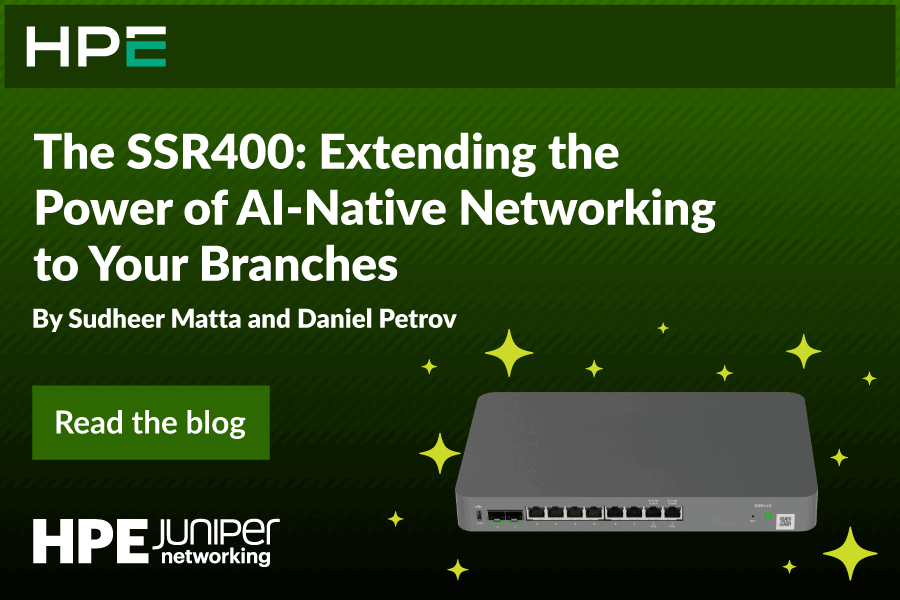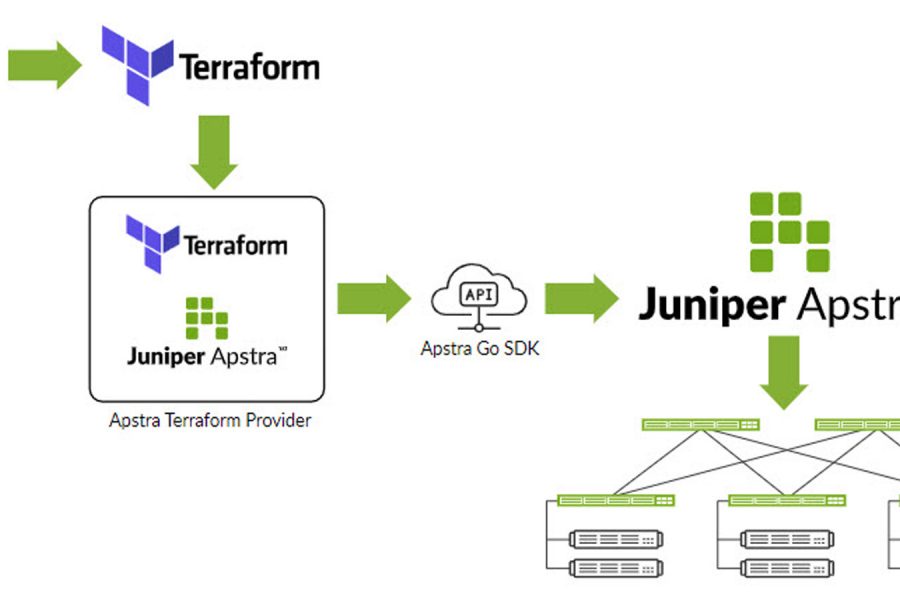Stop me if you’ve heard this one already.
A factory owner’s giant machine that makes his company’s widgets breaks down, so he calls a technician to come fix it. Upon arrival, the technician walks around the machine for a few minutes and then hits it once with a hammer. The machine fires right back up.
A few days later the factory owner gets a bill for $5,000. Baffled, he calls the technician demanding an explanation and an itemization of charges for such a simple fix. The itemization reads:
- Hammer: $1
- Knowing where to hit the machine with the hammer: $4,999
Think of today’s modern IP network like that big machine in the factory. Except it’s more like there are 1,000 such machines… all over the world… and they all need simultaneous attention. And if something goes wrong where the machine appears to be all systems go but the end products come out all warped, how do you figure out what’s wrong? At any given moment there could be millions of various pieces working in unison across that network – from the radio towers all the way through the IP access layer, metro/edge and eventually the core – to do things like stream Netflix, get lunch from DoorDash, or give your company a way to deliver a great Zoom experience to an entirely remote workforce.
Those services have become the lifeblood of the modern service provider. Where once it was enough to simply serve as a traffic conduit to the broader internet, the economics of maintaining that business model are no longer feasible. Service providers must transform to deliver more than just basic connectivity, as ubiquitous and high-speed as it is, and stay competitive by generating new revenue streams from new service experiences.
But that network behind the scenes has become infinitely more complex and distributed as services and applications have evolved to include things like IoT, cloud gaming, 5G, and artificial intelligence. Worst of all, there’s no obvious link between higher layer services and the underlying infrastructure they traverse. And as a result, it’s nearly impossible to manually keep track of anything and everything that could go wrong within this increasingly complex system to maintain the expected service experience throughout its lifecycle.
How do you figure out what’s wrong and hit it with that proverbial hammer?
To solve this, Juniper Networks today announced its intent to acquire Netrounds, a programmable, software-based active test and service assurance platform suitable for fixed and mobile networks for the entire service lifecycle. Service providers need automation to scale, and Netrounds’ solution can provide true insights needed for that. It bridges that missing link between services and networks, providing assurance about the quality of service experience from a customer perspective, with insight to where problems originated when things go wrong.
Netrounds’ innovative traffic-generating test agents let service providers never again worry whether a new service will work before deployment, by validating the end-to-end customer quality of experience through active service-layer testing. And once services are up and running, Netrounds active test agents assure promised service levels by monitoring the right KPIs in real time to deliver a good customer service experience throughout the lifecycle of the service.
The Netrounds solution is fully software-based, which enables rapid and flexible deployment in both physical transport networks and in the cloud alike. Furthermore, it provides active testing that positively validates and assures whether a service is properly operational. Unlike other solutions that merely provide passive monitoring that simply describes protocols and services in use, Netrounds actually verifies whether they’re working as expected from a customer’s perspective.
At Juniper, we’ve been on a journey to automate the network to bring dramatically greater operational simplicity to service providers and ensure service experience for end users. Because, despite the amazing growth and innovation the internet has yielded for the world in the past two decades, it’s all given way to another unintended consequence: complexity.
Netrounds complements Juniper’s existing automation capabilities to make network operators’ lives easier and to ensure end users are having an awesome assured service experience.
Imagine being able to simulate a large-scale 5G RAN before you actually deployed it. Or figuring out whether your new cloud service really needed edge compute to achieve low latency goals. Maybe there’s a glitch in your video, SD-WAN or Internet service and you want to pinpoint and resolve the issue before irate customers started flooding your help desk and Twitter feed. Or what if you could ensure your new business service was inside contracted SLAs before your customers started asking for compensation for breached SLA commitments?
Netrounds with Juniper moves all of this from imagination to reality.
Any given service doesn’t touch just one part of the network and service providers must have visibility and automation to assure service quality of experience across the entirety of a global network. At Juniper, we believe this level of automation is absolutely necessary to enable large-scale network providers to transform themselves for the next generation of networking.
So, guaranteeing service experience and simplifying operations with networks as big, dynamic and complex as they’ve become means not only knowing where to hit it with a hammer, but also allowing that hammer to know where to hit… all on its own.
Forward-Looking Statements
This blog contains forward-looking statements within the meaning of applicable securities laws. All statements, other than statements of historical fact, could be deemed forward-looking statements. Statements in this blog concerning Juniper Networks’ business, strategy and focus; our agreement to acquire Netrounds; the results and improvements made possible by Netrounds’ technology; and our overall future prospects are forward-looking statements that involve a number of uncertainties and risks. Actual results or events could differ materially from those anticipated in those forward-looking statements as a result of several factors, including, without limitation, our ability to close the contemplated acquisition in a timely basis or at all, our ability to integrate the acquired company and its technology, potential benefits of the transaction to Juniper Networks and our customers, the effectiveness of Netrounds’ technology, and other factors listed in our most recent report on Form 10-Q filed with the Securities and Exchange Commission. All statements made in this blog are made only as of the date of this blog is first posted, and Juniper Networks undertakes no obligation to update the information in this blog in the event facts or circumstances subsequently change after such date.

























